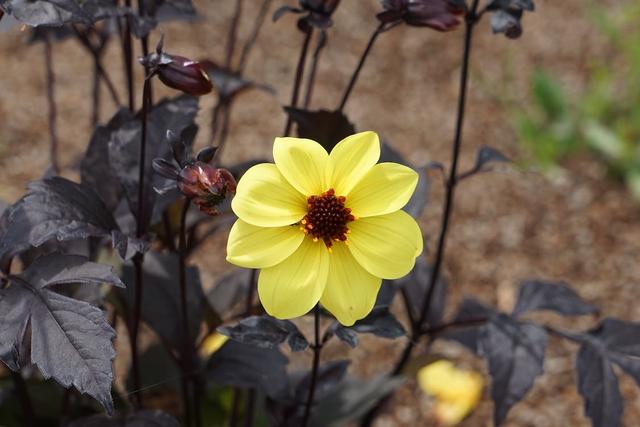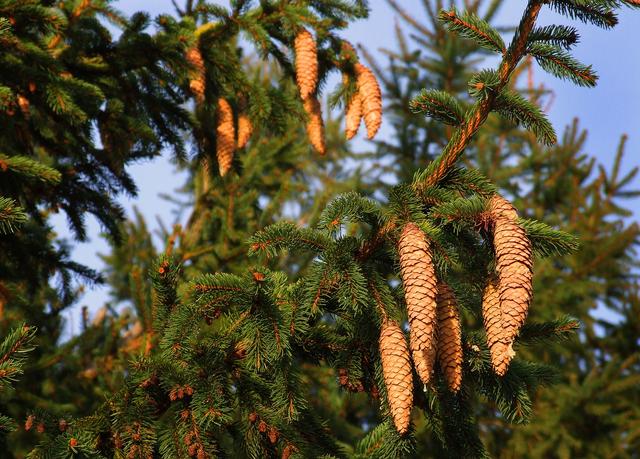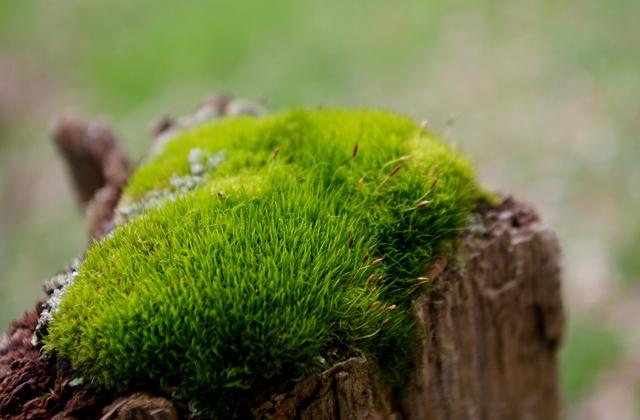Starter quiz
 Match the part of the plant to its purpose.
Match the part of the plant to its purpose.- roots⇔anchor the plant and take in water ✓
- stem⇔supports other parts of the plant and transports water and nutrients ✓
- leaves⇔where the plant makes its food ✓
- flower⇔contains the reproductive parts of the plant ✓
- In which part of the plant are seeds made?
- roots
- stem
- leaves
- flower ✓
-
- When plants or animals make more of themselves it is called ______.
- 'reproduction' ✓
- What do scientists use to classify living things into groups?
- their observable characteristics ✓
- their names
- the date they were discovered
-
 Which of these is not an observable characteristic of this plant?
Which of these is not an observable characteristic of this plant?- the number of petals on the flowers
- the colour of the flowers
- the shape of the leaves
- the name of the plant ✓
-
- Which of these can all living things do?
- reproduce ✓
- talk
- walk
- sense the world around them ✓
- move ✓
-
Exit quiz
- Plants can be divided into groups by looking at similarities and ______ between them.
- 'differences' ✓
- Scientists group and classify plants to make it easier to ______ them.
- count
- identify ✓
- observe
- investigate
-
- We can create ______ keys by asking a series of yes/no questions about the observable characteristics of plants.
- 'classification' ✓
- Which of these are not groups we can classify plants into?
- flowering or non-flowering
- vertebrate or invertebrate ✓
- reproduces with seeds or with spores
-
 Match the plant to the way it reproduces.
Match the plant to the way it reproduces.- pine tree (conifer)⇔seeds made in cones ✓
- peat moss⇔spores ✓
- sunflower⇔seeds made in flowers ✓
- Which of these plants reproduce with spores?
 bracken ✓
bracken ✓ rose
rose spruce
spruce pincushion moss ✓
pincushion moss ✓
Worksheet
Loading worksheet ...
Presentation
Loading presentation ...
Video
Lesson Details
Key learning points
- Scientists group plants to make it easier to identify, name and learn about them.
- Plants can be divided into groups or 'classified' by looking at the similarities and differences between them.
- Generally, plant life can be broken up into flowering plants and non-flowering plants.
- Plants can be grouped according to if they do or do not produce seeds.
- We can create classification keys by asking a series of yes/no questions about the observable characteristics of plants.
Common misconception
Pupils may think that all plants are green or that anything without a flower is not a plant.
Highlight the many examples of plants with different shapes, sizes and colours that are included in the lesson resources, reminding children that all of these are plants because they are living things that use the Sun’s light to make food.
Keywords
Classify - To classify things is to sort them into groups.
Flowering - Flowering plants reproduce by making seeds inside flowers.
Non-flowering - Non-flowering plants reproduce by making spores.
Seeds - Some plants reproduce by making seeds.
Spores - Some plants reproduce by making spores.
+